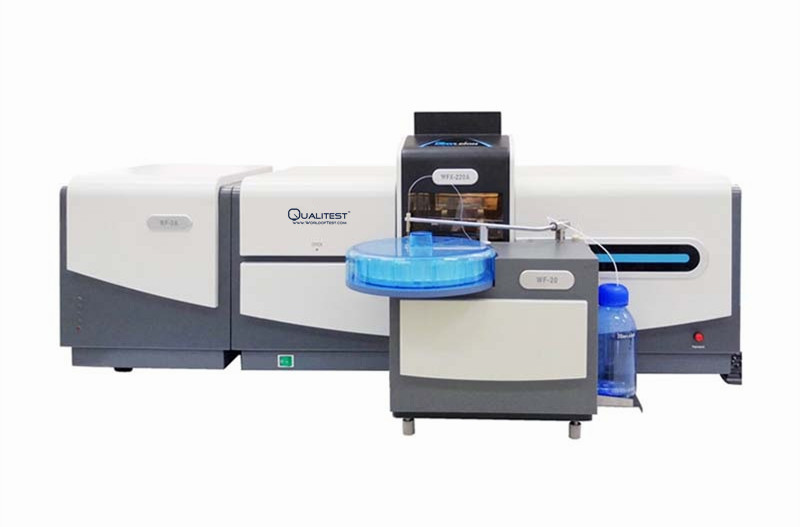Optical Emission Spectroscopy, or AAS, is a Reliable and broadly used analytical technique used to establish the elemental composition of a broad assortment of metals. The Sort of samples which can be examined using AAS include Samples in the melt in secondary and primary metal production, and in the metals processing industries bolts, tubes, wires, rods, plates and so forth. AAS utilizes the part of the electromagnetic spectrum the observable Spectrum and portion of the ultraviolet spectrum. That is from 130 nanometres up to approximately 800 nanometres, concerning wavelength. AAS is capable of analysing a wide range of components from Lithium to Uranium in solid metallic examples covering a broad concentration range, supplying low detection limits, higher precision, and very large accuracy.

The components and concentrations that can be determined by atomic absorption spectroscopy depend on the material being analysed and the sort of analyser used. There are 3 major components of AAS analysers: the first is an electrical source to activate atoms inside a metallic sample so that they produce characteristic light, or optical emission, lines, requiring a small region of the sample to be heated to thousands of degrees Celsius. This is accomplished using an electric high voltage source from the spectrometer via an electrode. The difference in electric potential between the electrode and sample creates an electric discharge, which enters the sample and leads to the substance at the surface to heat and vaporize. The atoms of the material are then excited, emitting the element-characteristic emission lines.
It is likely to create two forms of electric discharge, either an arc that is an on/off event much like a lightning strike, or a spark that is a string of multi-discharge events in which the electrode’s voltage is switched off and on. Depending on the element measured and the precision required, both of these modes of operation are used. An optical system is the next element. The light – the Multiple optical emission lines in the vaporized sample called plasma enters the spectrometer. The incoming light is split into element-specific wavelengths with a diffraction grading at the spectrometer and the degree of light for every element-specific wavelength is measured by a corresponding sensor. The intensity measured is proportional to the concentration offset element in the sample.